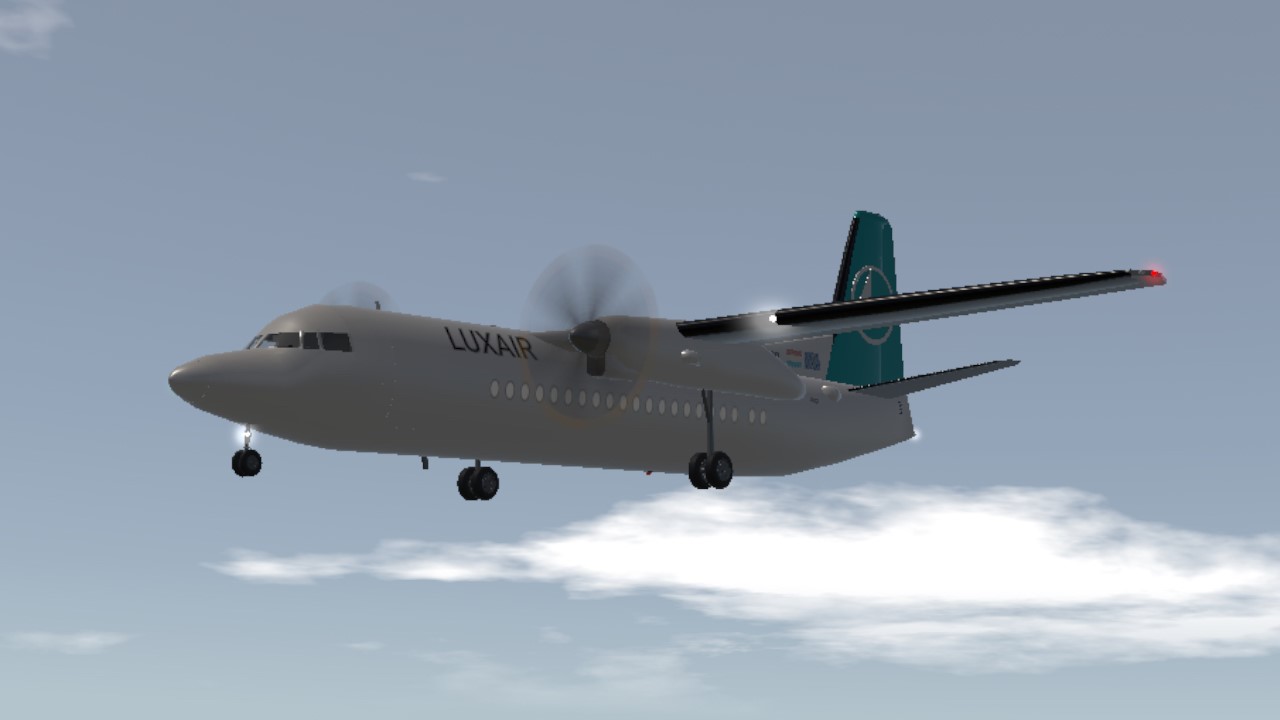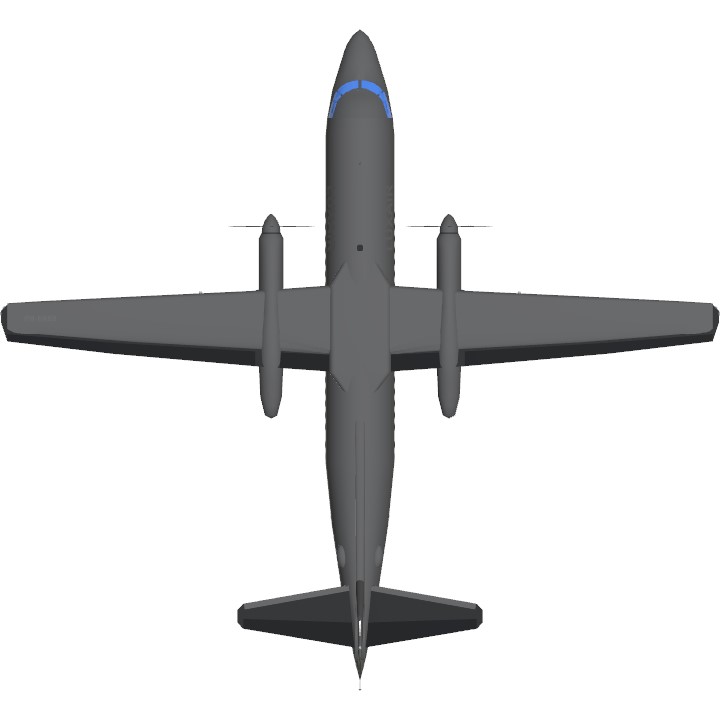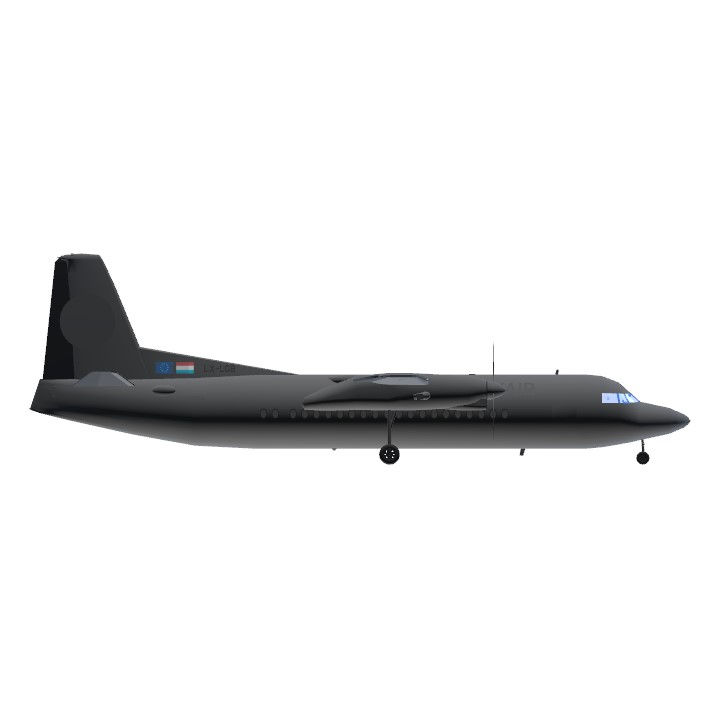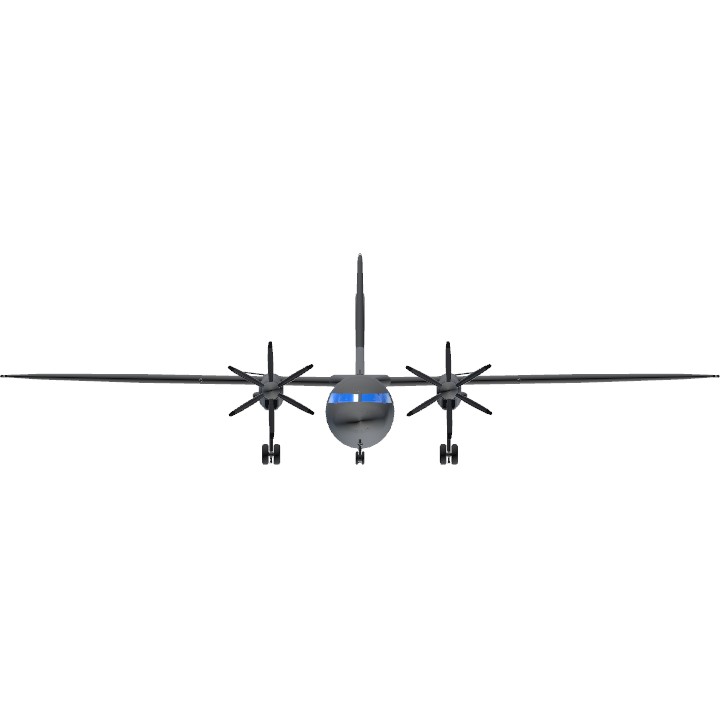About Luxair flight 9642:
Luxair flight 9642 departed Berlin-Tempelhof at 08:40 for a flight back to Luxembourg and climbed to a cruising altitude of FL180. At 09:50 Frankfurt control cleared the crew to descend to FL90 and told them to contact Luxembourg Approach control. Contact was established at 09:52 and Luxembourg Approach replied: "Luxair niner six four two enter Diekirch holding at flight level niner zero it will be vectors later on for an ILS approach category two on two four. QNH is one zero two tree current RVR beginning two five zero on mid section two seven five, stop end two two five.". Six minutes later the controller cleared LG9642 to descend further down to 3000 feet. At 10:01 the flight was cleared for the approach: "Luxair niner six four two turn right heading two two zero to intercept. Cleared for approach, report established on the localizer." After passing the localizer the crew contacted Luxembourg Tower and reported being established on a runway 24 ILS approach. The tower controller then passed on the runway visual range (RVR) information, which had not changed. The crew reported that they needed 300 metres for the approach, to which the controller replied : "Nine six four two copied, uh, so continue approach I keep you advised. We didn't have three hundred, uh, during the last, uh, time.". The approach was continued, but at 10:04:46 the captain decided to discontinue the approach: "Yo, bon mir machen en goaround, missed approach". The co-pilot then said: "Ground idle stop off". Four seconds after this statement the Tower controller reported the RVR to be 300 metres. Immediately engine power was reduced to idle and the co-pilot radioed: "Nine six four two roger so we continue". The tower then cleared the flight to land. The gear and flaps were lowered and at 10:05:17 the left prop blade angle changed from 'normal' to 'low pitch', causing the pilot to say:"Wat ass dat" (What's that??). Almost immediately the right prop blade angle also went into low pitch. The flaps were raised several sounds and exclamations were recorded by the CVR the decrease in propeller revolutions and GPWS warnings. Both engines then failed as the Fokker descended. The airplane collided with terrain and caught fire.

Probably cause:
The initial cause of the accident was the acceptance by the crew of the approach clearance although they were not prepared to it, namely the absence of preparation of a go-around. It led the crew to perform a series of improvised actions that ended in the prohibited override of the primary stop on the power levers.
Contributory factors can be listed as follows:
1. A lack of preparation for the landing, initiated by unnecessary occupations resulting from an obtained RVR value, which was below their company approved minima, created a disorganisation in the cockpit, leading to uncoordinated actions by each crewmember.
2. All applicable procedures as laid down in the operations manual were violated at some stage of the approach. All this did not directly cause the accident, but created an environment whereby privately designed actions were initiated to make a landing possible.
3. Routine and the will to arrive at its destination may have put the crew in a psychological state of mind, which could be the origin of the deviations from standard procedures as noticed.
4. The low reliability of the installed secondary stop safety device that was favoured by the non-application of service bulletin ABSC SB F050-32-4. Also the mode of distribution of the safety information (Fokker Aircraft B.V. - Service letter137) to the operator as well as the operator?s internal distribution to the crews, that did not guarantee that the crews were aware of the potential loss of secondary stop on propeller pitch control.
5. The lack of harmony resulting from the use of various training centres and non-standardised programs that might have impaired the synergy of the crew.
Specifications
General Characteristics
- Predecessor Fokker 50
- Created On iOS
- Wingspan 95.3ft (29.0m)
- Length 87.5ft (26.7m)
- Height 28.2ft (8.6m)
- Empty Weight N/A
- Loaded Weight 38,923lbs (17,655kg)
Performance
- Horse Power/Weight Ratio 0.128
- Wing Loading 36.2lbs/ft2 (176.6kg/m2)
- Wing Area 1,076.4ft2 (100.0m2)
- Drag Points 4658
Parts
- Number of Parts 296
- Control Surfaces 9
- Performance Cost 1,521




